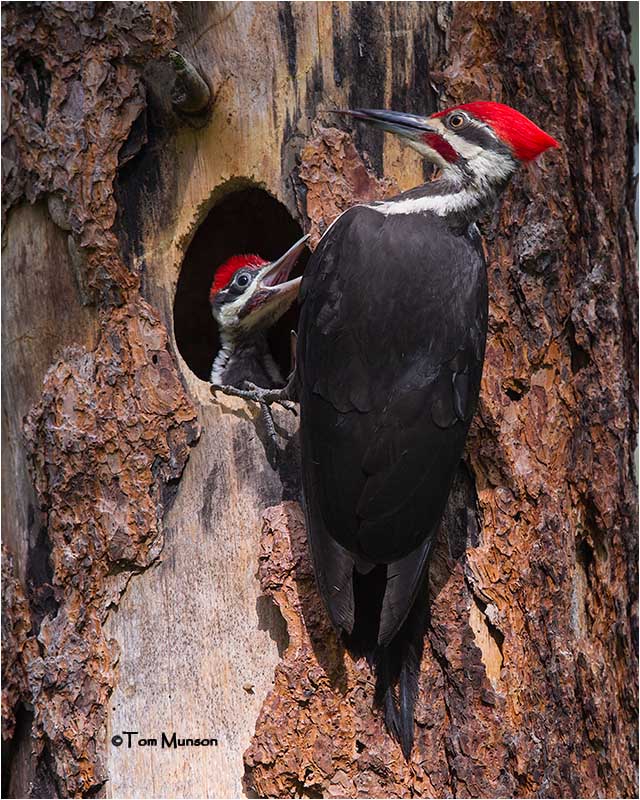During spring we welcome the Say’s phoebe, a grayish-brown flycatcher with a light orange belly and black tail. It favors open dryland habitats and is not afraid of humans, often nesting on buildings. Our phoebes like to sleep on our porches — on an electrical outlet, a door frame, a barbecue grill, or a protected wire. If we go out on the back porch at dark, we frequently disturb their slumber. After the young fledge, we may have several hanging out at night on these protected perches. It makes me wonder where other birds sleep.
All birds are inactive for some period of their day. Where they sleep depends on the season and species. Some shelter in tree nooks, on the ground, in hedges, in covered nests, in ground burrows, on branches, in snags, on water. Many birds roost in tree cavities to conserve heat. During winter mornings, I often see nuthatches emerging from a bird box I can see from my kitchen window. Three nuthatch species live year-round in my neighborhood – red-breasted, white-breasted, and pygmy. White-breasted nuthatches tend to sleep alone in tree holes, often made by downy woodpeckers. During severe weather they may sleep with others. According to Alexander F. Skutch, author of the book Birds Asleep, they may defecate in the overnight cavity but remove their droppings in the morning.
Pygmy nuthatches tend to be more social and stay in family groups all year. During cold months the family may be joined by other pygmy nuthatch families. One man watched as a chattering group of pygmies entered a hole in a large pine tree in the Colorado Rockies. He estimated 100 nuthatches in this dorm. This strategy of huddling together in tree cavities is not without danger as birds deep in the pile may suffocate, get buried alive, or get soiled by the excrement of those above them, reducing the ability of their feathers to retain heat.
An animal behaviorist, Dennis Lendrem, studying duck flocks noticed that they opened their eyes and peeked around about once every two to six seconds. He noted that birds within small flocks peek more as do those in less protected positions within the flock. On land, birds can switch from sleeping with one or both hemispheres of the brain at a time depending on conditions. Some birds sleep with half of their brain awake. They close one eye, keeping the other open and alert to potential threats. I wonder if that might be where the term “half asleep” comes from. While using this ‘unihemispheric’ slow wave sleep or USWS, the eye connected to the awake hemisphere is open and alert for danger.
But what about birds that fly long distances? Do they sleep while they fly? A team of researchers studied great frigatebirds, flying over the open ocean for 10 days. Using electroencephalogram recordings they determined that they can sleep with either one hemisphere of the brain at a time or both hemispheres at the same time.
On bitterly cold nights some bird species including titmice, ptarmigans, and arctic buntings plunge into soft snow to conserve heat. Shorebirds and wading birds sleep perched on one leg near their warmer bellies with their heads tucked into their back feathers. During cold weather birds fluff out their feathers creating a thicker, warmer layer of insulating air. Several species grow more feathers during winter to ward off the cold.
Hummingbirds, with their high metabolisms, enter a state of torpor during cold nights, dropping their internal temperature almost low enough to match the ambient air temperature. Several people in our Audubon chapter area report Anna’s hummingbirds visiting their feeders this winter. One friend reveals that an Anna’s hummingbird sleeps in her greenhouse in Colville on many winter nights.
Much remains unknown about the sleeping habits of birds. I look forward to our Say’s phoebes return and maybe I’ll learn more.
